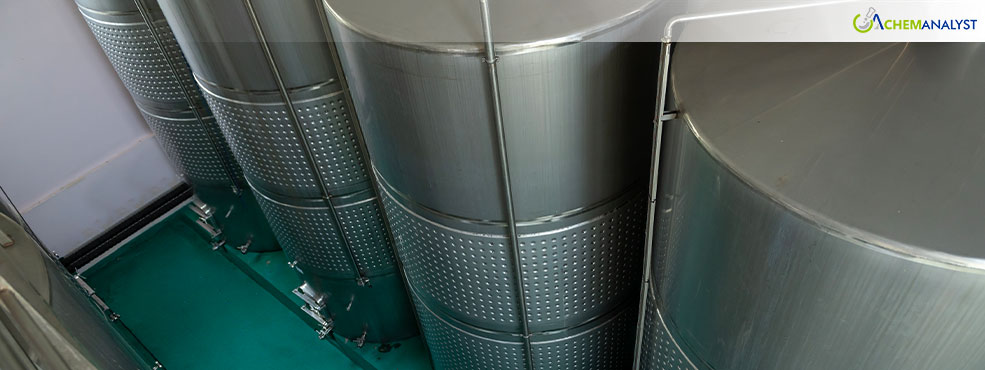DEG Market Stabilize globally, Low Demand Counterbalance Feedstock Fluctuations
- 27-Dec-2024 3:45 PM
- Journalist: Nightmare Abbey
The Global Diethylene Glycol (DEG) market demonstrated stabilized regional pricing dynamics in December despite subdued demand. Feedstock and crude oil prices influenced trends, while sufficient supply and discounted imports affected pricing dynamics across various sectors.
The U.S. DEG market maintained stability in December, witnessing only minor fluctuations. The demand for DEG remained lackluster during this period, especially from the resin production sector. Conversely, Ethylene Oxide spot prices, a key feedstock for DEG, displayed an overall upward trend, with a 3.89% surge by December 20. This increase was driven primarily by rising upstream Ethylene prices.
Adding to the support, crude oil prices showed an uptick. According to the EIA, West Texas Intermediate crude oil prices were USD 71.54 per barrel on December 13, 2024, marking an increase of USD 2.96 from the previous week and USD 0.49 from the same period last year. The previous week’s price, on December 6, was recorded at USD 68.58 per barrel, reflecting a USD 0.32 rise.
Demand for DEG remained subdued from the downstream resin manufacturing industry due to a weak downstream construction sector. The U.S. housing market concluded a challenging year characterized by high property prices, slow sales, and elevated mortgage rates. Despite the Federal Reserve’s efforts to lower interest rates starting in September, mortgage rates continued to climb. As of December 19, Freddie Mac reported an average 30-year fixed mortgage rate of 6.72%, up from 6.6% the prior week.
Despite the muted demand, supply levels of DEG were sufficient, bolstered by ample overseas supply aimed at clearing inventories as the year drew to a close. Consequently, DEG prices in the U.S. market remained moderate throughout December.
In Europe, the DEG market also experienced a steady yet declining trend in December. Weekly fluctuations in the German market were marginal, reflecting subdued demand from downstream industries such as resin manufacturing and paints and coatings. These sectors faced weaker activity during this period, compounded by challenges in end-use industries like automotive and construction.
The automotive sector in Europe grappled with persistent challenges, including high production levels and weak domestic demand. Regulatory uncertainties, such as insufficient incentives for EV adoption, further suppressed resin demand, adversely impacting DEG consumption. Similarly, the construction sector faced reduced workloads and cautious spending due to ongoing economic instability.
In the Asia-Pacific region, particularly China, the DEG market remained steady during the first half of December, with only minor price fluctuations. However, by the week ending December 20, the market broke its earlier steady trend. This decline was primarily driven by lower-priced imports from the Middle East. As inventory levels rose and the year-end approached, exporters offered discounts on DEG to clear stock.



